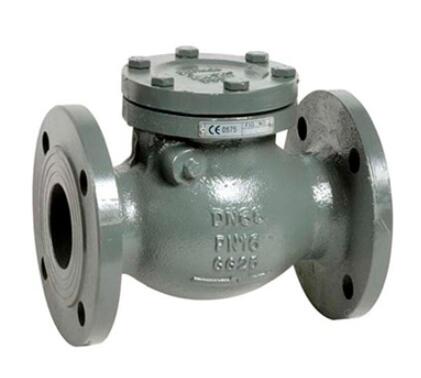Check valves are crucial components in various piping systems, designed to allow fluid to flow in one direction while preventing backflow. Understanding the useful life of a check valve is essential for maintaining system integrity and ensuring reliable operation. The longevity of these valves depends on several factors, including material, operating conditions, and maintenance practices.

Factors Influencing Useful Life
The useful life of a check valve can vary significantly based on several factors. One of the most critical factors is the material from which the valve is made. Common materials include brass, stainless steel, and plastic, each offering different levels of durability and resistance to corrosion. Additionally, operating conditions, such as temperature, pressure, and the type of fluid being handled, play a significant role in determining the valve’s lifespan.
Typical Lifespan
On average, check valves can last anywhere from 5 to 20 years. However, this lifespan can be extended or reduced based on the factors mentioned earlier. For instance, check valves made from high-quality materials and operated under ideal conditions may last beyond 20 years. Conversely, valves subjected to harsh environments or corrosive fluids may need replacement within just a few years. Regular inspections can help identify wear and tear early, allowing for proactive maintenance or replacement.
Signs of Wear and Tear
Identifying signs of wear and tear in check valves is essential to avoid failures that can lead to costly downtime. Common signs include leakage around the valve, unusual noises during operation, and reduced flow rates. If a check valve is not closing properly, it can allow backflow, compromising system efficiency and safety. Routine maintenance checks can help catch these issues early, prolonging the valve’s useful life.
Maintenance Practices
Implementing effective maintenance practices can significantly extend the useful life of a check valve. Regular inspections should be scheduled to assess the condition of the valve and surrounding piping. Cleaning the valve and ensuring that there are no obstructions in the flow path can prevent premature failure. Additionally, lubricating moving parts and replacing any worn seals can enhance performance and durability.
Choosing the Right Check Valve
Selecting the appropriate check valve for your application is vital for maximizing its useful life. Consider the specific requirements of your system, including flow rates, pressure, and temperature. It is also important to consult with a knowledgeable supplier who can provide guidance on the best materials and designs for your needs. Investing in quality valves tailored to your system can lead to improved performance and longevity.
Conclusion
The useful life of a check valve is influenced by several factors, including material, operating conditions, and maintenance practices. While the average lifespan ranges from 5 to 20 years, proper care can significantly extend it. Regular inspections, effective maintenance, and choosing the right valve are key to ensuring longevity. If you have further questions or need assistance finding a reliable supplier, please contact us.


